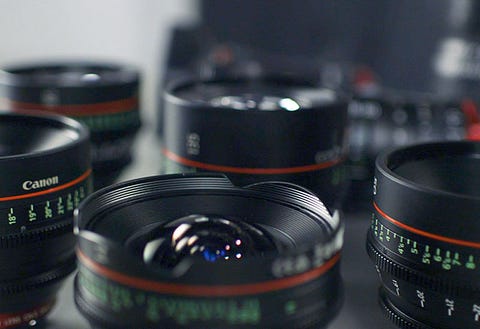
Filmmaking is a collaborative process involving various artistic geniuses based on a shared vision. The relationship between a Writer and Director is a significant one as it is their mutual effort that brings life to the film’s narrative. It is essential for both to be synchronized to create an integrated vision for the structure of the film, characters, and the overall project. At WWI Extension, our online filmmaking courses are designed to help you to be able to think like filmmakers do and give you in-depth knowledge about their roles and responsibilities. Let's learn more about the roles of the Writer and the Director, the relationship between them, and how Writers can write their screenplay in as cinematic a way as possible so that it matches the Director’s cinematic interpretation.
What is the Writer’s role?The role of a Writer in the filmmaking process is conceiving story ideas, designing characters and personalities, weaving the story, tightening up the dialogue, and combine it all into a cohesive narrative experience. The writer is responsible for creating a storyline that is not only compelling but is also commercially viable.
What is the Director’s role?
A Director is responsible for bringing that script to life through planning and execution along with the entire creative team. While it is the Writer that creates the narrative of the film, it is the Director’s vision that is translated on screen.
The relationship between a Writer and Director
Scriptwriting is the first step in the filmmaking process, and once the script is ready, the director takes over from the writer to take it into the next phase. It is imperative for both to work in harmony so that the vision and expression of the Writer can be seamlessly passed on to the Director in a way that he effortlessly understands what the Writer is trying to depict. For this, they should be able to recognize, understand, and utilize each other’s strengths in the best way possible. For example, while a Writer develops and writes the characters, it is a good Director’s responsibility to be able to translate the same on screen as the writer intended it to, while keeping in mind what the film on-screen demands. The relationship between a Writer and Director is extremely collaborative, where the Writer may come up with an idea and the Director builds upon it, or vice-versa. Our online filmmaking course delves deeper into the relationship between the two, and how they work together to bring ideas to life.
Understanding script placement in the filmmaking process
Every film has three versions; one that’s written, one that’s directed, and the final one, that’s edited. Oftentimes, novice writers are concerned about losing control of their script. But it is important for writers to be aware of the various stages that the script goes through before making the final cut for release. The script of the film is a work in progress and evolves throughout various stages of filmmaking. A Writer must be willing to take a step back and overview the entire filmmaking process to understand the place of a script within it.
Tips for writing scripts that Directors love:Write Cinematically
To create impactful scripts, a Writer must be able to think visually and anticipate what the script would look like through the lens. In order to do so, he must keep in mind all the stages that the script will go through during the film’s lifecycle and write accordingly. Pick any of the greatest screenplays ever written and you will find how a good one helps a Filmmaker to cinematically visualize the writer’s version of it.
Dialogue and Action
Rather than focusing solely on expressing through words, a Writer must put the dramatic expressions in two forms — dialogue and action. Doing this enables the Director to comprehend and translate the emotions portrayed in the script better, keeping its originality intact.
Sound usage
A good script replicates the experience of the movie, wherein it not only conveys what is seen, but also what is heard. Factoring this in is important as a film is an audio-video medium and anticipation of sounds can help you express the script in a more elaborate manner.
www.nfi.edu/foley-artist
www.sound-ideas.com/Page/what-is-foley
www.studiobinder.com/blog/what-is-a-foley-artist


